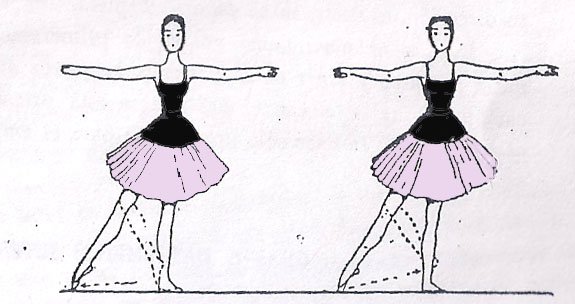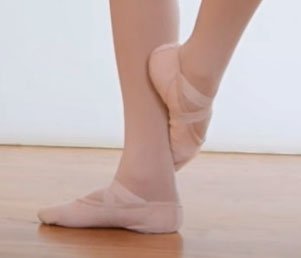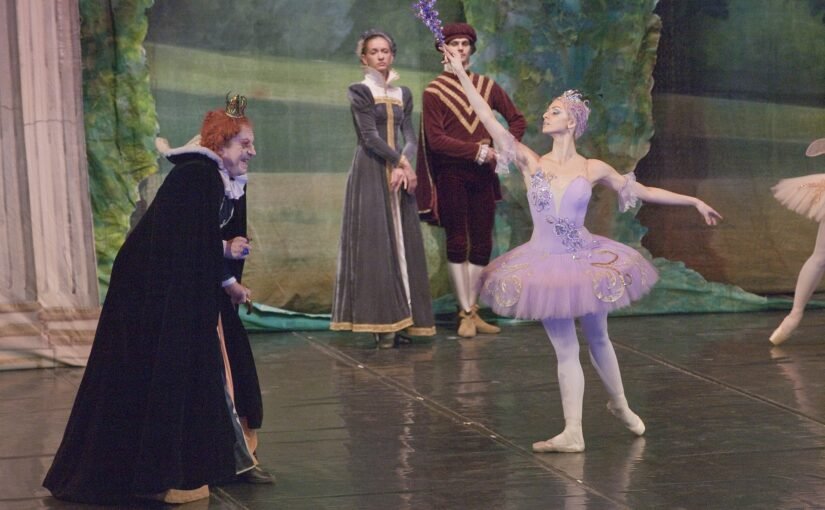In ballet, the term “frappé” refers to a swift and precise movement of the working foot from the cou de pied position to the front, side or back. The Frappé strengthens the toes and insteps and develops the power of elevation. The full name of this exercise is Battement Frappé.

What does Frappe Mean?
The word “frappé” itself is derived from the French verb “frapper,” which translates to “to strike” or “to hit.” When performing a frappé, dancers aim to create a sharp, percussive sound by striking the floor with the ball of the foot.
Why Frappe is Important in Ballet?
Frappé is commonly incorporated into ballet training as a foundational exercise to develop strength, coordination, and speed in the legs. It helps dancers improve their articulation of the foot, refine their control of movement, and enhance their overall technical proficiency. In other words, it develops strength, control and articulation in your ankles as well.
During a frappé exercise, dancers typically execute a series of quick and controlled movements, alternating between flexing and pointing the foot while maintaining proper alignment and turnout. Frappé can be performed in various directions, including forward, side, and back, and at different tempos, ranging from slow and deliberate to fast and dynamic.
Overall, frappe plays a vital role in the development of a ballet dancer’s technique and serves as a building block for more complex movements and choreography. It is the basis of the allegro step, the jeté. So, it’s fantastic at preparing the lower legs for petit allegro and batteries.

How to Execute the Frappe in the Different Versions?
There are various ways to do frappe. The main difference is in the cou de pied position. So, you can flex or point your foot. All the versions are correct.

In the first version, your foot wraps the ankle (front). And when you’re doing back, you put your foot back like a little wing. In this version, when you go to the front, your foot is directly out. So, your toes are off the ground.
In the second version, place your foot like in the first version. But your foot goes to the floor to the pointe tendu. This is a very precise and sharp movement.

In the last version, your foot is flexed and brush the floor. So, your heel is on top of the ankle bone of the supporting leg. You extend your foot right, making friction with the floor. Then, you flare up, and you need to hear the noise. It’s like if you were lighted up a match; it’s exactly the same movement. When you practice this version on the relevé, don’t brush the floor anymore; stay up.
Tips to Do Frappe Perfectly
- Make sure the legs are rotated, the thighs pushing back and your weights towards the ball of the supporting foot.
- Remember to strike the floor with the ball of the foot and strike. Also, after the strike, the foot is fully stretched
- You have to isolate your lower leg.
- The movement quality itself is very light. It´s not heavy, it´s very light and rebound. It’s like striking a match.
- And when you´re working on battement frappes, you always want a little hold and in, and hold. So it´s never just going through the action. There´s always a slight millisecond like you could take a picture.
- So really thinking about when you do your battement frappe, that´s where you build your strength and your precision and your stability.





Leave a Reply